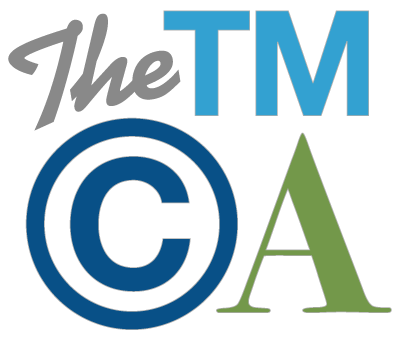Comparative Advertising Do’s and Don’ts from the NAD – Part 1
 Two recent decisions of the National Advertising Division of the Better Business Bureau provide helpful insights into how product performance comparisons should (and should not) be crafted to be considered fair comparative advertising against competitors.
Two recent decisions of the National Advertising Division of the Better Business Bureau provide helpful insights into how product performance comparisons should (and should not) be crafted to be considered fair comparative advertising against competitors.
The first decision, Spectrum Brands, Inc. (Case #6012 Oct. 26, 2016), involved a challenge by Energizer Holdings (of Energizer Bunny fame) to two YouTube videos that advertised the longer lasting power of Rayovac FUSION batteries marketed by Spectrum Brands, in comparison to Energizer MAX batteries. Both videos depicted humorous scenarios that occurred on family vacations, one in which a teenage daughter’s electronic device abruptly blacks out and the other where the father’s flashlight runs out of power just when he needs it most. Energizer conceded that Rayovac’s high-end FUSION AA batteries do in fact provide longer lasting power than Energizer MAX batteries when used in certain devices. So what was Energizer’s beef with the videos? It argued that the videos communicated a broader implied “line” claim that all Rayovac batteries last longer than all Energizer batteries, when that was not in fact the case. NAD agreed.
NAD first stated the factors it looks at to determine whether a commercial reasonably conveys a “line” claim:
(1) are there general brand references in the advertisement;
(2) does the copy effectively limit the applicability of the advertising claims;
(3) is only one variety of the product shown; and
(4) is there a “beauty shot” of the product line that would reinforce a message of broader applicability of the claims.
In this case, the Rayovac videos suffered from several problems. First, the specific products that were the intended focus of the ad – Rayovac Fusion AA and Energizer AA batteries — were only fleetingly shown onscreen, and thus NAD found that these “brief visuals” were insufficient to limit the claim to Rayovac Fusion AA vs. Energizer AA batteries. The commercials also depicted a flashback scene where the father had selected the Energizer brand and says “silly bunny” — a clear reference to the Energizer brand generally. And at the end of the commercial, the voiceover states “Batteries matter. Choose Rayovac” as the Rayovac logo appears full screen. These general references to both brands served to communicate that the whole Rayovac line of batteries is being compared to the whole Energizer battery line. NAD held that “Where, as here, an advertisement makes general brand references but fails to adequately qualify the claim to limit its applicability to the one product shown in the advertisement, NAD has found that it is likely to convey the message that the benefits or attributes touted extend to the entire product line.”
Interestingly, NAD had one further objection to the Rayovac video, involving the size of the flashlight used as a prop in the ad: it was the size flashlight that would normally use larger C or D batteries, not AA. This again communicated that the comparative longer lasting claim made in the videos extended beyond just the Energizer MAX AA batteries.
NAD stated that nothing in its decision would preclude Spectrum Brands from crafting a more limited comparative superiority claim that more clearly targeted the Energizer MAX AA batteries. And NAD helpfully suggested that if Spectrum were to revise the videos, it should use a “mini flashlight” typically powered by AA batteries as a prop.
Stay tuned for Part 2 of this post for further comparative advertising do’s and don’ts from the NAD.








